Transferring plants to a new area is necessary to renew the bushes and replace depleted soil. It is recommended to replant strawberries to a new location every 4-5 years. Correctly carried out transplantation will not negatively affect the harvest next year.
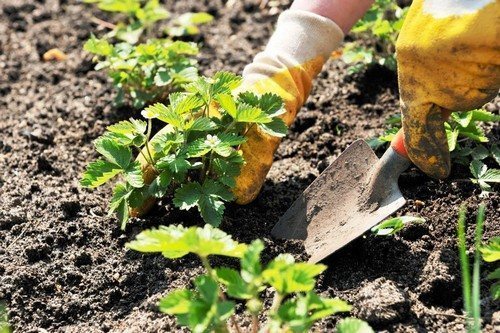
Choosing a place for strawberries
Strawberries (garden strawberries) are placed on flat areas open to the sun and wind. It is allowed to plant plants on a slope of up to 10 degrees. Strawberries planted even in lacy shade noticeably reduce the number of berries set, and they turn out less sweet.
Strong winds, on the one hand, dry out the plantation well and prevent the strawberries from getting fungal diseases, on the other hand, they dry out the soil and blow away the snow in winter, exposing the bushes. As a means of snow retention, low fruit bushes - currants, gooseberries - are planted around the plantation with berries.
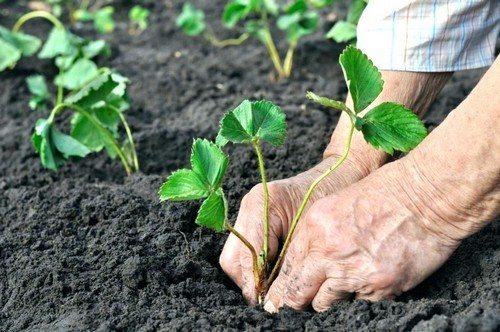
Predecessors and neighbors of culture
It is not recommended to place strawberries after those crops with which they share diseases and have the same list of nutrients removed from the soil. These are: potatoes and other plants from the nightshade family, cabbage, cucumbers, and bulbous plants.
It will be favorable to plant strawberries after:
- legume plants (beans, peas, lentils);
- cereals (rye, oats);
- greenery;
- beets, carrots;
- winter garlic.
The same plants can be grown next to the strawberry plantation. Some gardeners plant beds with berry plants with calendula and marigolds.The pungent aroma of the flowers is believed to repel strawberry weevils and other pests. In any case, the combination of bright inflorescences and emerald foliage of strawberries is beautiful.
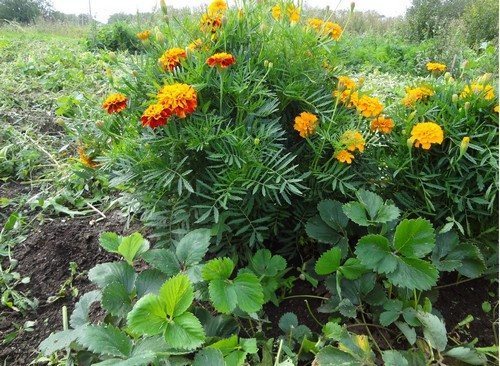
Soil preparation
For successful growth and fruiting, strawberries need to grow in fertile, loose and moisture-absorbing soil. Loams with a slightly acidic reaction, chernozem, and sandy loam are suitable. For loosening dense clay soils, per 1 sq. m add up to 8 kg of sand.
Before digging, 8-10 days before planting the seedlings, the following fertilizers are added to each meter of the bed:
- 5-7 kg of rotted manure (mullein, horse) or plant humus;
- 2 cups wood ash or bone meal;
- 40 g superphosphate.
The soil is leveled with a rake and left until planting. If the weather is dry, water the garden bed so that the fertilizer dissolves faster.
Selection of seedlings
In the fall, strawberries are replanted with seedlings that have grown on the plants' tendrils after harvesting. The best planting material should have 2-3 leaves, a short and strong stem, and developed root lobes.
To plant, take the first rosette on the mustache, removing the rest.
To increase the chances of survival, a young rosette is rooted in a pot or bed without separating it from the mother plant. A month after rooting, the rosette grows good roots and, together with a lump of earth, is transferred to a new place.
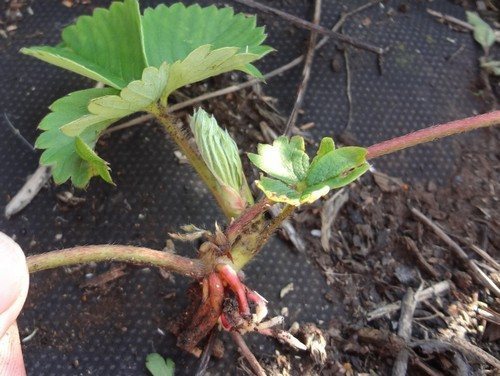
Pros and cons of non-woven material on a strawberry bed
A special black mulch material is often used on strawberry beds. Its advantages:
- suppresses weed growth;
- keeps the soil moist longer after watering;
- insulates roots in winter;
- prevents uncontrolled rooting of mustaches;
- keeps berries clean.
The disadvantages of using the material include the complexity of its installation and the impossibility of loosening the soil. The soil under the fabric must be perfectly level so that no voids form. Planting strawberry seedlings into small holes cut in fabric is difficult.
An alternative to mulching fabric is barley or oat straw. It is laid out after planting the bushes, and added as it rots. Straw is cheap, and when it rots, it provides additional nutrition to the strawberry roots.
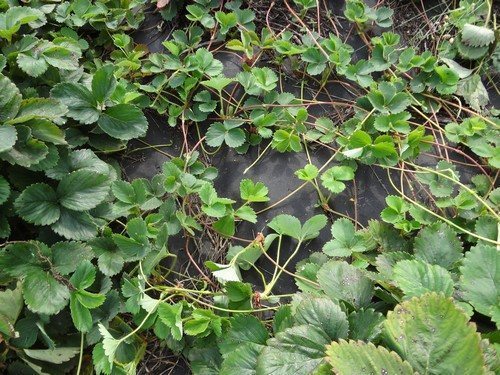
Time for transfer
In autumn, strawberries are replanted from the second half of August to the end of September. The exact period depends on the climate of the region where the site is located. It is necessary to focus on the air temperature - not lower than +18 and the arrival of frost. It takes 4-5 weeks for the plant to take root in a new location. During this time the soil should remain warm.
How to transplant correctly
The strawberry bush is immersed in the hole, carefully straightening the roots. The soil is pressed against the roots with the palm of your hand. The heart (growth point) cannot be covered with soil!
The distance between plants depends on the size of the adult bush and ranges from 25 to 40 cm.


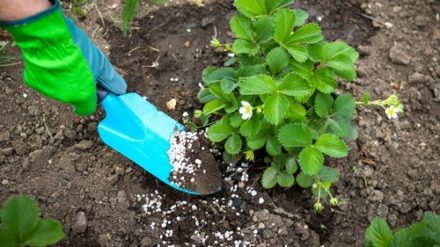
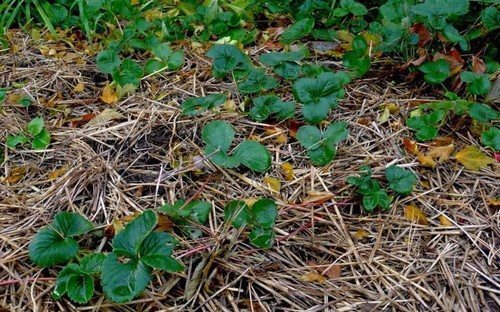
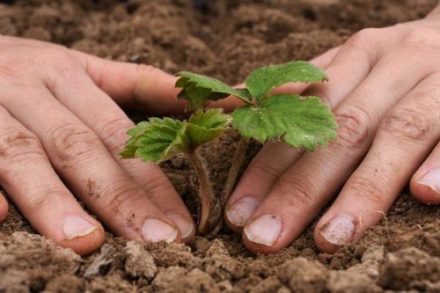
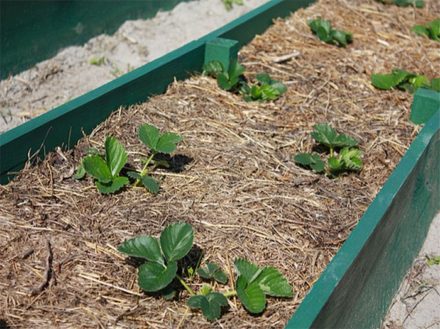
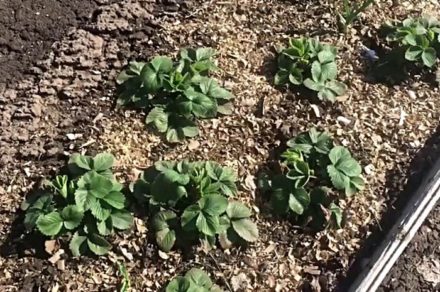

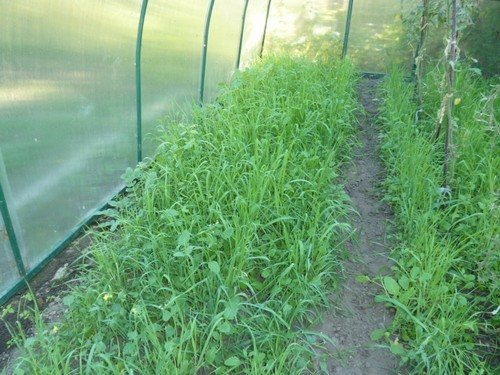
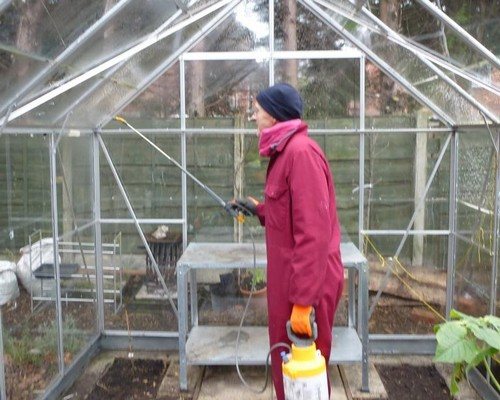
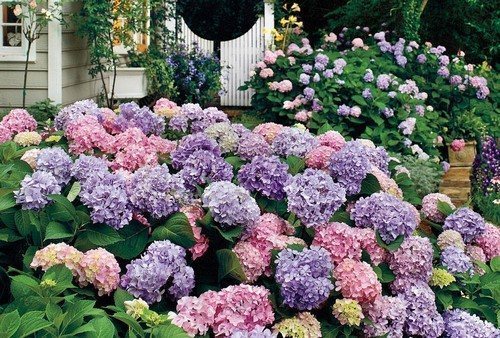
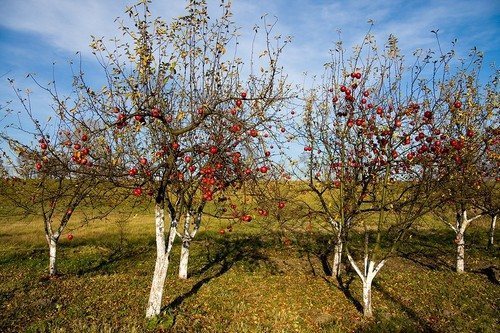
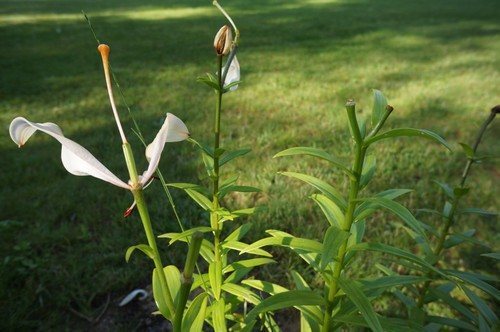
Useful article, thank you